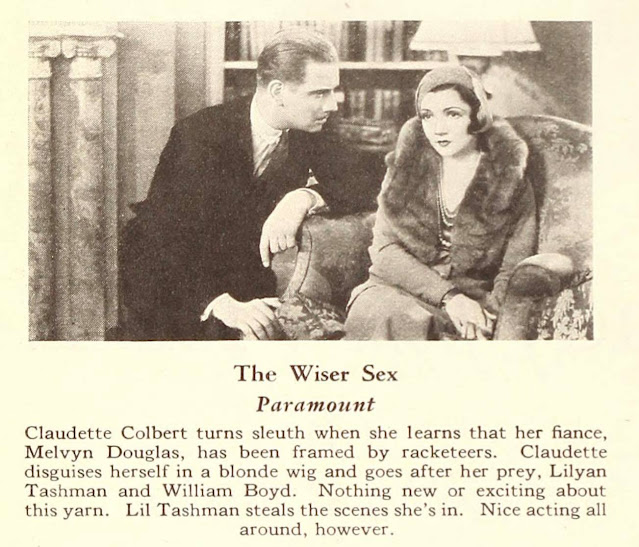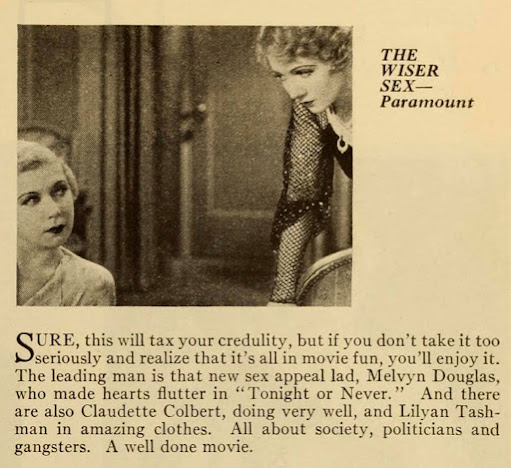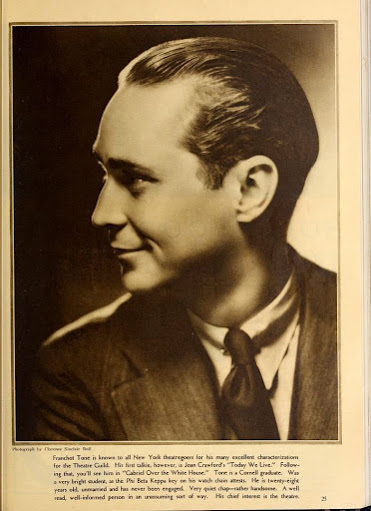This story entitled "Diamond Lens" aired in the Tales of Tomorrow anthology series on March 14, 1952. Franchot would also star in another episode called "The Horn" later that year. Both episodes are intriguing with fantastical elements and strong acting, and fortunately both are available on Youtube. However, my favorite of the two is "Diamond Lens." You can watch it here:
With only a half hour to live, Andre (Franchot Tone) shares his story with a priest who has been sent to perform last rites. Andre passionately tells of his life as a starving student of the microscope, a scientist out to make a name for himself while showing everyone a new way to see the world around them.
Andre has only one mission in life: to find the perfect diamond to create a microscope with a diamond lens. He goes without food and new clothes and lives in a tenement, but when a new tenant Gaston Dubois arrives so does an opportunity. The new tenant confides that there's a rare 150-carat diamond worth 50 million francs in his employer's shop.
Knowing this is the diamond he seeks, Andre begs Gaston to steal the diamond and strangles him to get him to reveal its hiding place. When the landlady barges in, the man escapes Andre's grip. Later, Gaston tries to prevent Andre from taking the diamond and is finally killed by Andre.
With only one mission in life, Andre feels no guilt about the murder as he sees it as a necessity. He is frankly giddy and full of wonder as he creates a special acid and shapes the diamond into a perfect lens.
When a police inspector shows up in the middle of his experiments, Andre gives himself away by knowing that the diamond is missing and a man dead, information not publicly available. The investigator opts to keep a close eye on Andre in the coming days.
As Andre peers into the diamond lens for the first time, he is dazzled by what his eye beholds. In a single drop of water, Andre sees a new, magical world full of movement and details undetectable to the naked eye. Eager to see the professor about his groundbreaking discovery, Andre hides the diamond in a houseplant as his landlady arrives to clean.
Andre returns with the professor, who calls him a crackpot, but the diamond is missing. The landlady has used the water pitcher to water the plants—only the water she has used was really Andre's secret acid, which has completely destroyed the precious diamond.
When the professor asserts that Andre is a lunatic who lied about the diamond, Andre replies that he committed murder to get it. As he utters this confession, he sees the police inspector at his door.












































